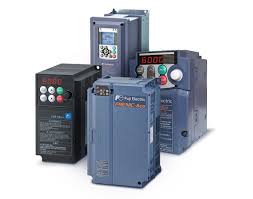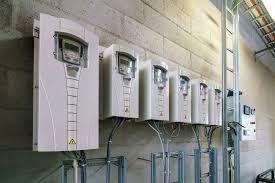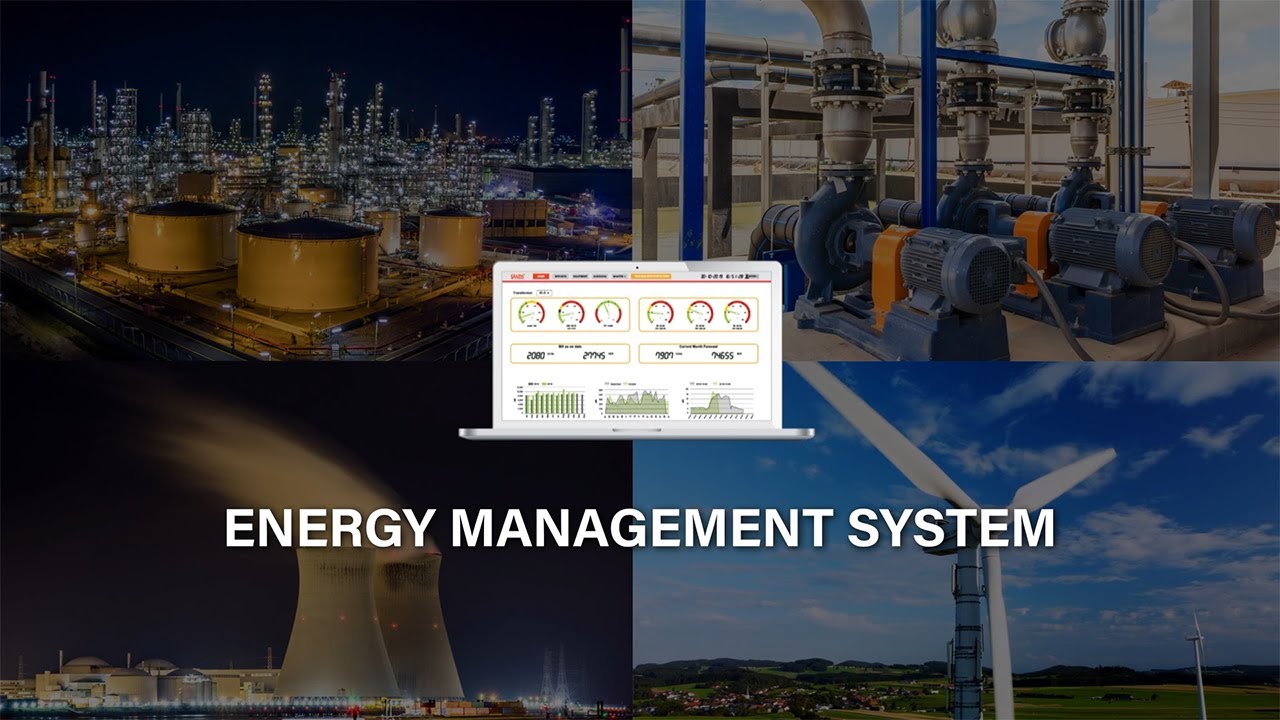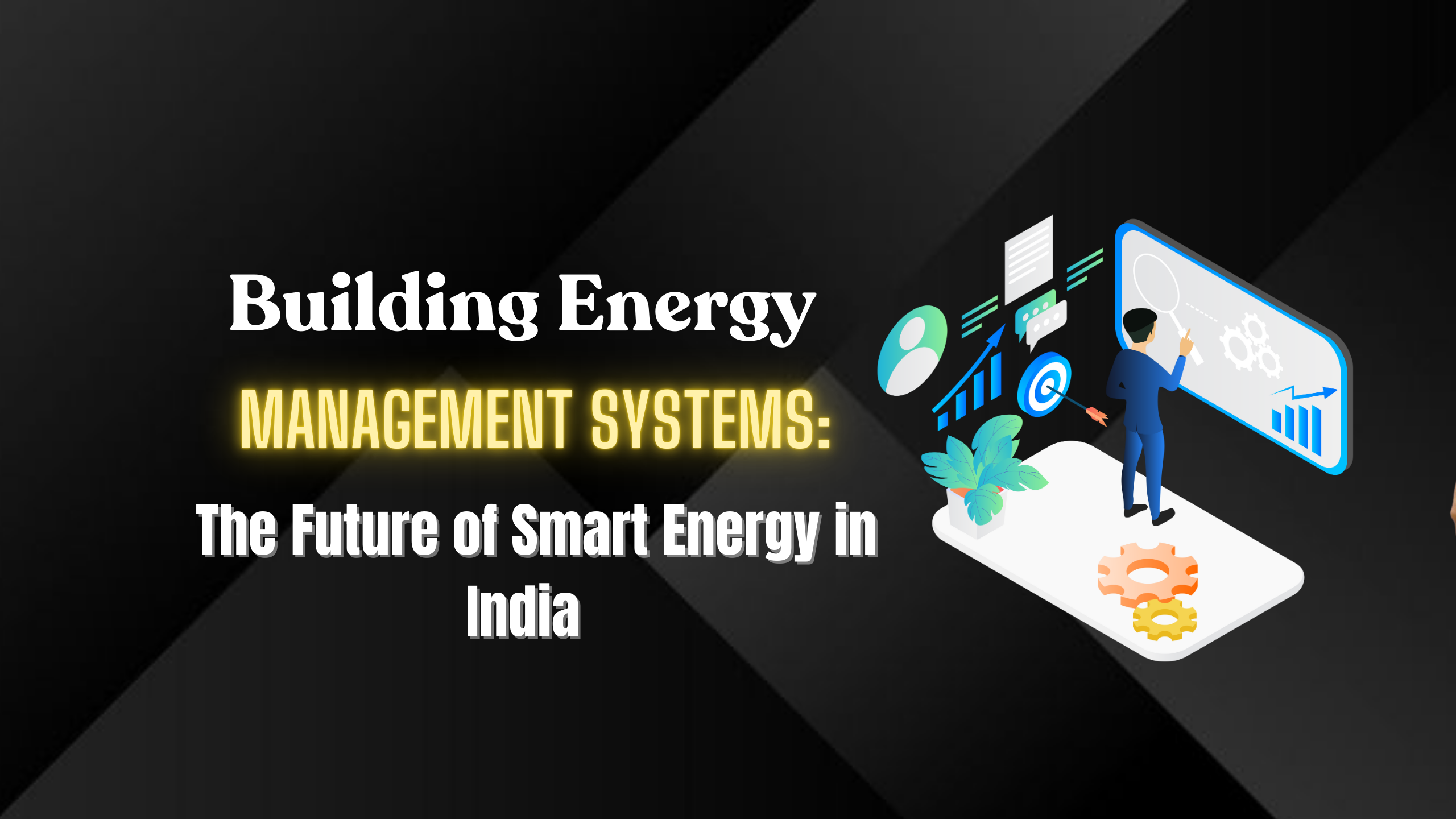Introduction
VFD programming is an important part of the industry automation process that enables accurate control of the speed and efficiency of the motor. We all know that it is essential for electrical engineers to know the VFD’s full form (Variable Frequency Drive) and what VFD is from an electrical engineering angle for optimizing energy consumption and improving performance. A variable frequency drive (VFD) controls the frequency and voltage supplied to an electric motor, allowing the motor to be sped up or slowed down quickly and effectively.
Core Concepts of VFD Technology
The brain of a VFD system is the VFD controller, which controls input and output power to control motor speed. Like the VFD discussed above, the VFD’s meaning is based on the conversion of AC power to DC and then to AC, which allows variable speed. Generally, these are the three–stage working principles of VFD, which involve 1 . Rectification, 2. DC Bus Formation, 3 . Inversion to modulate speed and torque of the motor.
Different VFD types include voltage-source inverters (VSI), current-source inverters (CSI), and pulse-width modulation (PWM) drives. There are different types of VFD that are useful for several industries, including manufacturing, HVAC systems, and water treatment plants. There is no point in having a VFD if a proper VFD connection is not established.
Deep Dive into VFD Drive Working Principle
The VFD drive working principle is also converted from AC to DC through a rectifier and then again converted from DC to AC through an inverter. This process enables the motor to run at different speeds, improving the overall efficiency and saving electricity. Another major functionality of the working mechanism of VFD drives is soft starting, which means that during starting, in place of a sudden jolt, the motor is started smoothly, thus reducing any possible strain on the motor and prolonging its life.
Basically, a VFD electrical system varies the frequency and voltage supplied to the motor for speed control. This feature is important in equipment like conveyor belts, pumps, fans, and similar industrial equipment that require variable speed for proper operation.
VFD Programming Essentials
If you are an electrical engineer, you need to be familiar with VFD programming basics. That means there are some parameters in the VFD programming manual that need to be set according to the motor. This initializes the VFD drives with acceleration and deceleration rates, torque limits, and motor protection.
One reason behind the popularity of Lenze VFD programming is that it has a user-friendly interface and flexibility. VFD programming training can also help engineers develop their skills and keep up to date on the latest in VFD technology. Learning to program and troubleshoot VFDs allows engineers to tune system performance and reduce downtime.
Advanced VFD PLC Programming and Integration
The incorporation of VFD programming in PLC systems allows for the automated control and monitoring of the VFD within the entire system. VFD PLC code for VFD motor adjusts motor speed based on real-time input data from sensors/devices in the logic. This synergy enables a higher level of efficiency, lower energy use , and predictive maintenance.
VFD Programming Manual Electrical engineers may utilize the VFD programming manual to customize parameters for their individual application and to optimize performance. Improved PLC integration also empowers organizations with remote monitoring and diagnostics, effectively mitigating issues before they cause downtime.
Hands-on VFD Programming Training
Electrical engineers need practical training on how a VFD is programmed and why it is essential. Engineers can troubleshoot common problems and optimize performance by working with the various types of VFD and VFD controller configurations. Training programs include fundamental subjects like the VFD connection, parameter configuration, and fault diagnosis.
If properly trained, an engineer can program VFD drives and VFD PLC programming, giving him or her the ability to tackle complex industrial applications. Exposure to Lenze VFD programming and other international brands is also part of the training, improving technical skills.
Emerging Trends and Future Prospects
Smart automation and IoT integration services are the future of VFD panel programming. The technology behind VFD electrical systems has grown to the point where these systems can be monitored and controlled remotely. Contemporary updates in VFD programming in PLC and AI-driven Analytics permit Electrical Engineers to ensure higher efficiency and predictability in upkeep.
Furthermore, advancements in VFD inverter technology have enabled energy-efficient solutions within the scope of renewable energy and EV applications. With a shift towards more sustainable and automated systems in industries, engineers who possess the skills to program VFDs will have high career opportunities.
Conclusion
In summary, VFD programming is an essential skill for electrical engineers aiming to enhance motor performance and energy efficiency. By understanding the VFD working principle, utilizing the VFD programming manual, and undergoing VFD programming training, engineers can excel in industrial automation. Mastering VFD PLC programming and integrating advanced technologies will further enhance their expertise and career prospects.
Ready to elevate your career in VFD programming? Gain hands-on experience in VFD programming training and VFD PLC programming with expert guidance from Aknitech. Unlock new opportunities in industrial automation by visiting aknitech.in today!







